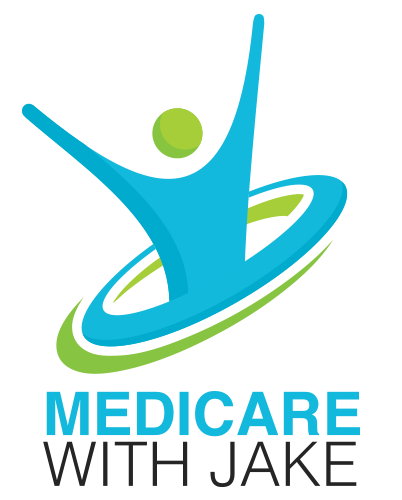Medicare Advantage

Medicare Advantage
Medicare Advantage consists of different options, all of which give them an edge by how they bring extra benefits to the table. This plan is convenient and easy to enroll in.

Interested in learning more?
Medicare Advantage overview
The idea behind Medicare Advantage is to give Medicare policyholders an all-in-one option that bundles Medicare Parts A, B, and in some cases D, together.
With one policy, you can:
- Get coverage for hospital stays
- Save on appointments, examinations, screenings, vaccines, and durable medical equipment
- Depending on the policy you choose, you can get prescription drug coverage
- Have benefits offered by no other Medicare policy. These include fitness programs, as well as dental, vision, and hearing care
Medicare Advantage is low-cost, with premiums lower than any other Medicare Part (aside from the premium-free version of Part A). But your treatment options are reduced to a provider network.
Another factor to consider is what you can’t do if you have Medicare Advantage. If you have employer health coverage, joining Medicare Advantage could cost you your employer’s health insurance plan, with no way to get it back. You also will not be able to have Medicare Advantage and a Medicare Supplement plan simultaneously.
How to get it
You need Medicare Parts A and B. Medicare Part B is especially important, because you can’t have Medicare Advantage until you sign up for it.
Your first opportunity is the Initial Enrollment Period (IEP), the seven-month time window including the month of your 65th birthday, as well as the three months before it and the three months after it.
You can join or switch to another Medicare Advantage plan from January 1 to March 31, during the General Enrollment Period. This is also known as the Medicare Advantage Open Enrollment Period. If you’re getting Part B for the first time here, you can join Medicare Advantage. If not, you can only switch from one Medicare Advantage plan to another.
The Open Enrollment Period, which lasts from October 15 to December 7, allows you to join, switch, or drop a Medicare Advantage plan.
Comparing plans
Medicare Advantage is not a single policy, but consists of multiple policies.
These are your options:
- Health Maintenance Organization (HMO) – standard Medicare Advantage
- Preferred Provider Organization (PPO) – plan gives you greater discounts for using certain healthcare providers in your network
- Private Fee-for-Service (PFFS) – your costs are decided ahead of time
- Medicare Savings Account (MSA) – gives you a separate savings account that the policy deposits funds into, which can be used to pay Medicare-related costs
- Special Needs Plans (SNP) – great option for those who qualify for both Medicaid and Medicare, as well as those with serious, chronic, and disabling conditions
Plans also vary based on if you can see out-of-network providers, whether you need to choose a primary care physician (from whom you would need a referral to see a specialist), and if the plan covers prescription drugs.
Plans allowing out-of-network treatment:
- MSA (doesn’t always have a network)
- PPO (covered, but still pay more)
- PFFS
- SNP (depending on providers)
Plans requiring you to choose a primary care physician, and require a referral to see a specialist:
- HMO
- SNP
Plans with prescription drug coverage:
- HMO
- PPO
- PFFS (in some cases)
- SNP (all SNPs have to cover prescriptions)
Find out more
To find out more about Medicare Advantage, look no further than Wichita, Kansas’s very own Medicare With Jake.

